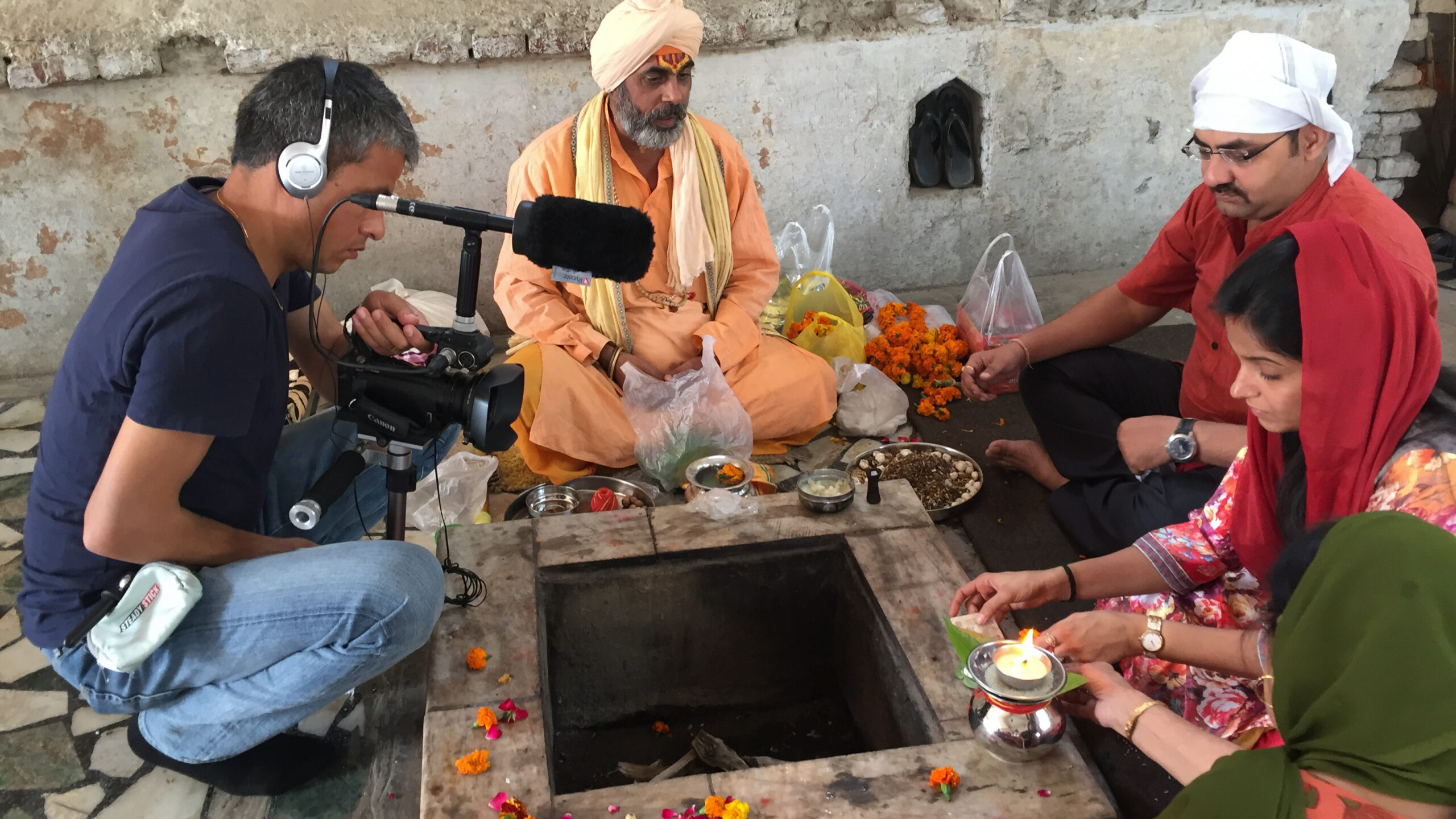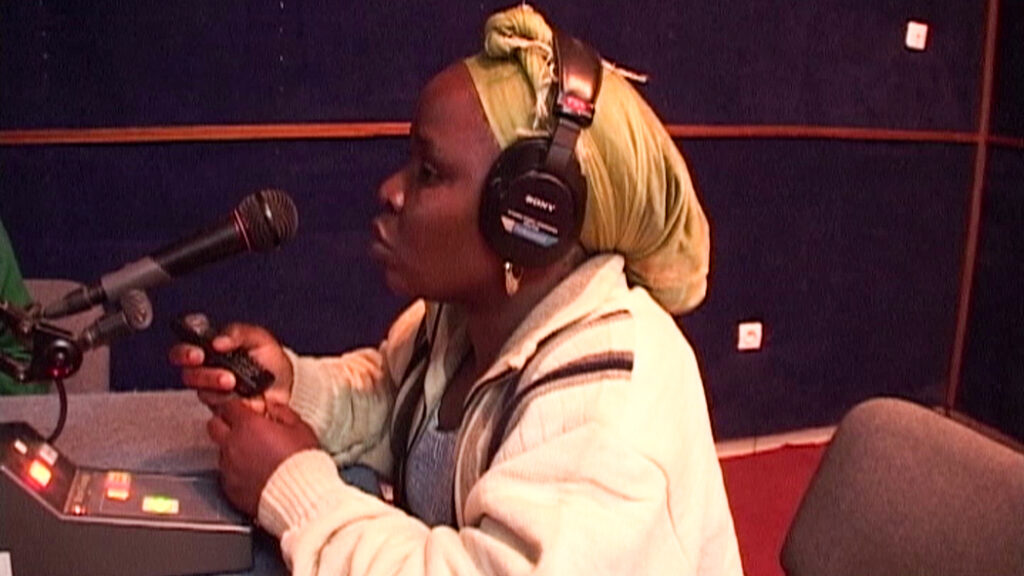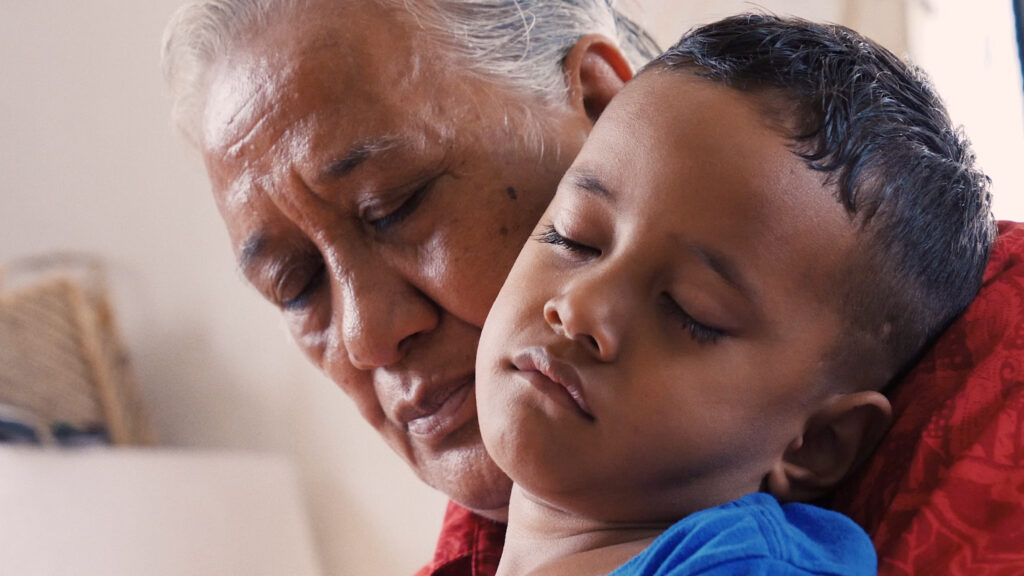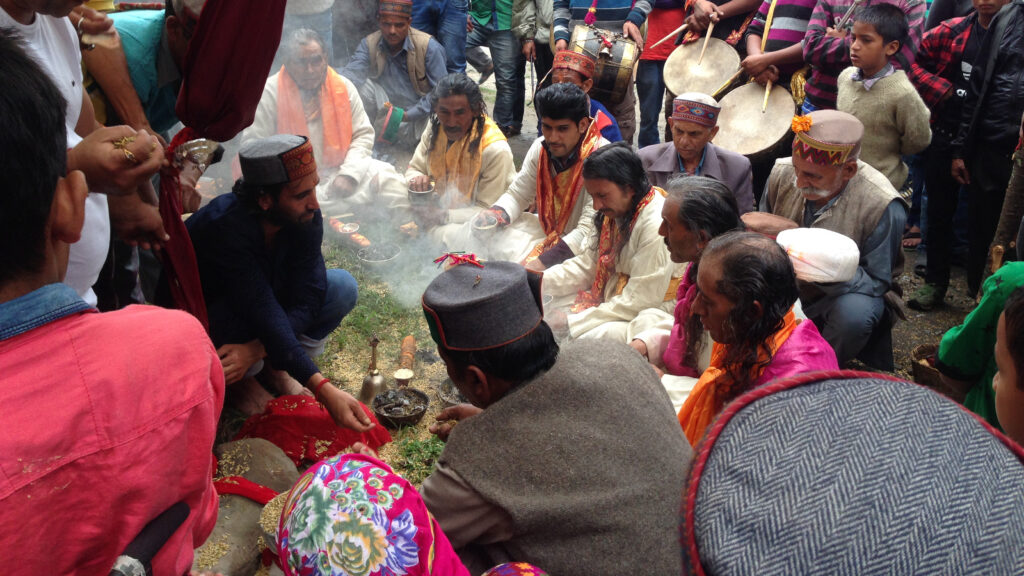A Kali Temple Inside Out
Dipesh Kharel, Frode Storaas 83 Minuten
Religiöse Grenzen sind nicht so scharf und antagonistisch, wie die Nachrichten uns glauben machen. Der Film zeigt den Alltag in und um einen Kali-Tempel in der Stadt Kanpur, Uttar Pradesh, Indien. Das Tempelgebäude beherbergt einen Kali-Schrein und einen kleineren Hanuman-Schrein. Das Portrait eines Priesters und dreier Anhänger zeigt die Bedeutung des Tempels. Gelegentlich besuchen sie aber auch heilige Stätten anderer religiöser Traditionen, um mehr zu lernen oder zusätzliche göttliche Unterstützung zu ersuchen. Der Film ist somit eine stille Kritik an der Besessenheit von religiösen Konflikten in zeitgenössischen Debatten. „Gott ist eins, die Religionen werden von Menschen gemacht“, schließt der Priester im Film.
